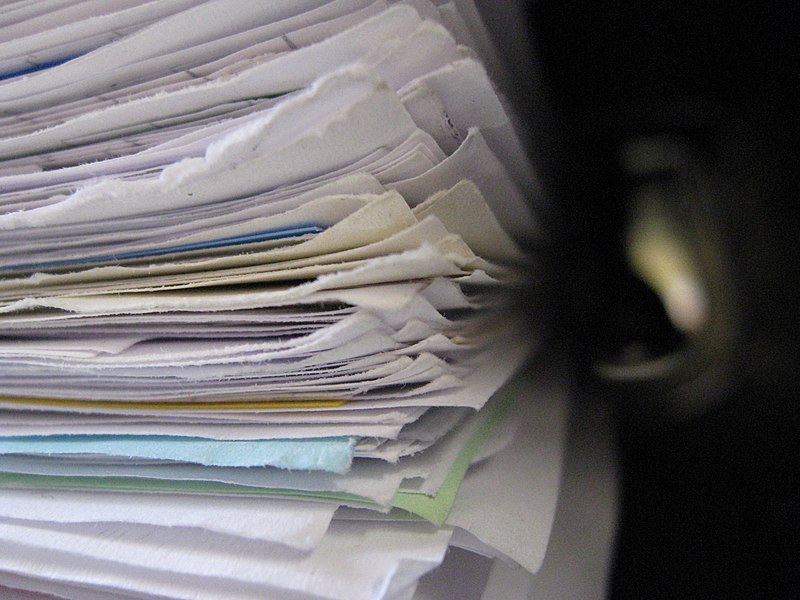
A tenfold increase in retractions around the turn of the millennium prompted action and study, including the project by Ivan Oransky and Adam Marcus, founders of Retraction Watch, to list and study retractions. Overall, improved vigilance has slowed the trend, but key problems remain, including:
A disturbingly large portion of papers—about 2%—contain “problematic” scientific images that experts readily identified as deliberately manipulated, according to a study of 20,000 papers published in mBio in 2016 by Elisabeth Bik of Stanford University in Palo Alto, California, and colleagues. What’s more, our analysis showed that most of the 12,000 journals recorded in Clarivate’s widely used Web of Science database of scientific articles have not reported a single retraction since 2003. Jeffrey Brainard, Jia You, “What a massive database of retracted papers reveals about science publishing’s ‘death penalty’” at Science
If a picture is worth a thousand words, that’s about three to five paragraphs of falsehood.
Follow UD News at Twitter!
See also: Should scientists take a “Hippocratic”-style oath, to reduce dishonesty?
and
Rob Sheldon on why so many sciences seem to be devolving